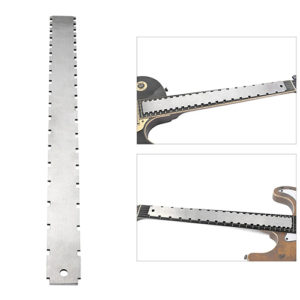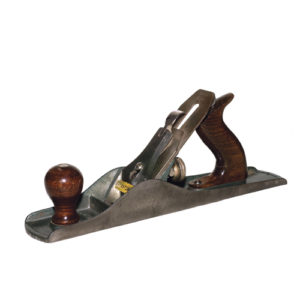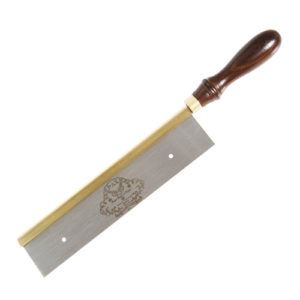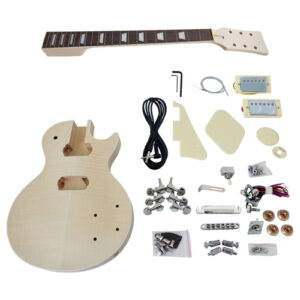Recommended Luthier Tools
l have been doing my own trial and error, I have used a lot of tools, as well as some really crappy ones, and I like to base my recommendations on such experience and my own personal preferences. I have also done plenty of research and when I come across tools, I have not yet tried myself I will try and base it on other people’s experiences.
In this page I will also list my Top Picks, which will be my own personal favorites and will include what I think are ‘must haves’ and the ones that will give you the best ‘bang for your Buck’.
Top Picks
Flush Trim Bit (Template copier)
This one is a must if you plan to work with templates. Mimicking a line and carving it into another piece of wood is made easy with this bit. Some have the bearing wheel on the top, some on the bottom and some have both. To oversimplify its work, you just press it to the template and follow along the edge. They also come in different length and diameter and you need to make sure the match your router as well as the hardness of the wood you are working with. You will often get a cleaner result by doing two or three passes and going deeper every time instead of trying the full depth in one pass. If your router is not very strong and you are using a hard wood, this is a must.
Sanding Sponges
Depending on how hard a wood you are using and the sort of finish you are going for there are a few options for manual sanding.
My personal favorites for all around sanding are sanding sponges. They come in packs of 500- 2000 grit, they don’t rip and bend like paper and are more comfortable to work with, especially on non-flat surfaces. There are a few variations and types of sponges, but I find these the most comfortable to work with, wet or dry.
Table Spindle Sander
The spindle sander is designed to sand at 90-degrees to the table, which is very convenient for smoothing the edge around circumference of the guitar body and all the sharp turns where the orbital sander cannot reach. Some of them are round and some have a flat area as well as a round edge.
Chisels
Another tool of the trade for carpenters and Luthiers alike. Mostly handy in all those places where others just don’t fit and for very localized touches. Any decent sharp chisel is a good chisel. The quality ones will just stay sharper longer. A big part of knowing how to work with chisels is knowing how to sharpen and maintain them. A set of ¼ -1 inch is very handy to have. If you find you like working with chisels you will probably want to upgrade.
Plunge Routers
You can also find combinations of static base and replaceable plunging base. With the right attachments and bits, you can get away with one of these for all your guitar building need but do keep in mind that most routers in this category are fast, furious and sharp.










